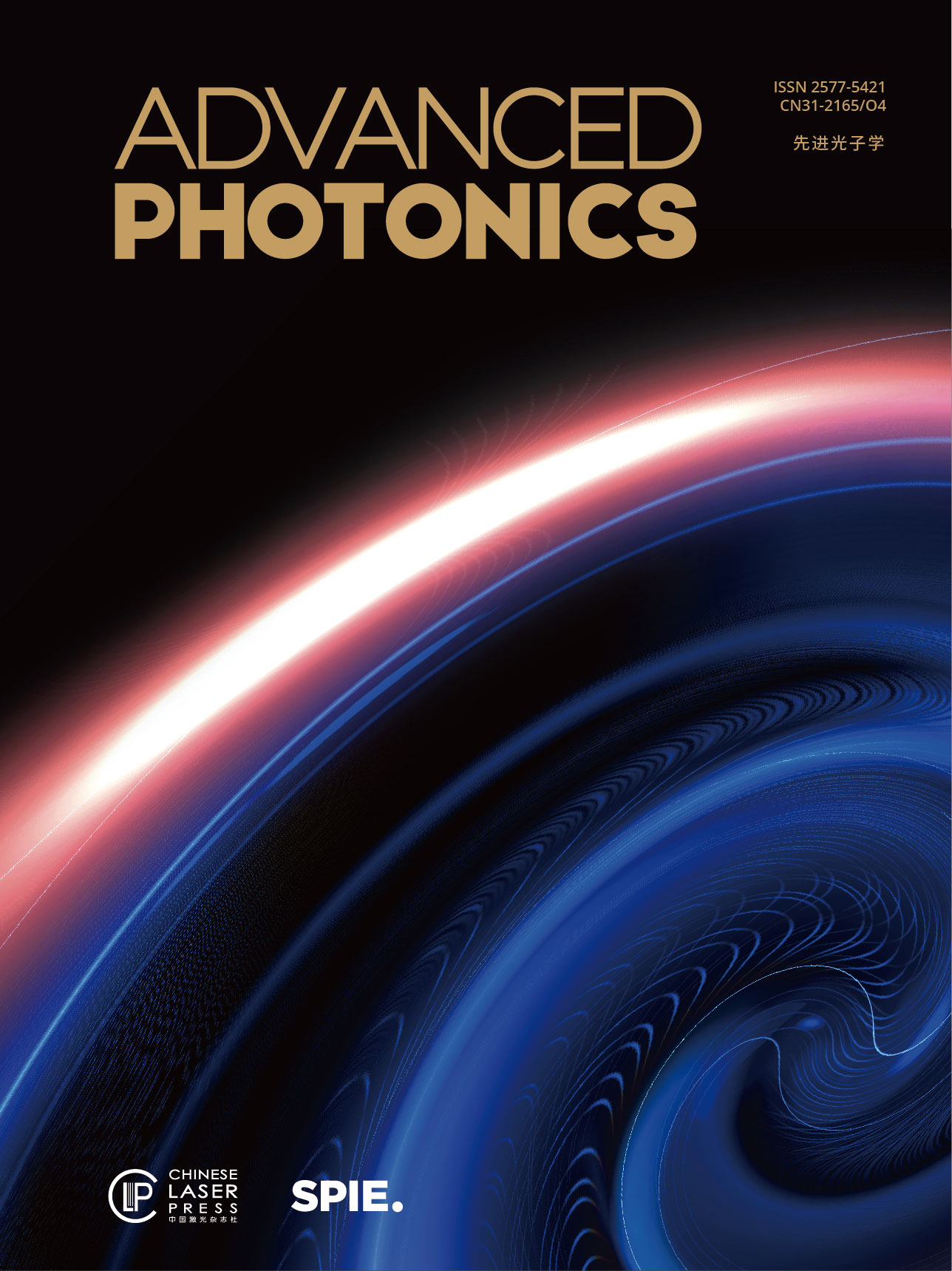Vol. 7, Iss.5—Sep.1, 2025 • pp: 056001-056002 Spec. pp:
Vol. 7, Iss.4—Jul.1, 2025 • pp: 040501-046010 Spec. pp:
- Publication Date: Jul. 15, 2025
- Vol. 7, Issue 5, 056001 (2025)
- Publication Date: Jul. 17, 2025
- Vol. 7, Issue 5, 056002 (2025)
- Publication Date: May. 23, 2025
- Vol. 7, Issue 4, 040501 (2025)
- Publication Date: May. 19, 2025
- Vol. 7, Issue 4, 044001 (2025)
- Publication Date: Jul. 16, 2025
- Vol. 7, Issue 4, 044002 (2025)
- Publication Date: May. 02, 2025
- Vol. 7, Issue 4, 046001 (2025)
- Publication Date: May. 07, 2025
- Vol. 7, Issue 4, 046002 (2025)
- Publication Date: May. 15, 2025
- Vol. 7, Issue 4, 046003 (2025)
- Publication Date: May. 23, 2025
- Vol. 7, Issue 4, 046004 (2025)
- Publication Date: May. 23, 2025
- Vol. 7, Issue 4, 046005 (2025)
- Publication Date: May. 27, 2025
- Vol. 7, Issue 4, 046006 (2025)
- Publication Date: Jun. 20, 2025
- Vol. 7, Issue 4, 046007 (2025)
- Publication Date: Jun. 28, 2025
- Vol. 7, Issue 4, 046008 (2025)
- Publication Date: Jun. 28, 2025
- Vol. 7, Issue 4, 046009 (2025)
- Publication Date: Jul. 16, 2025
- Vol. 7, Issue 4, 046010 (2025)
Emerging Trends in Photonic Quantum Computing (2025)
Call for Papers
Editor (s): Aleksandr Krasnok, Xiulai Xu
Theme Issue on Orbital Angular Momentum (2023)
Published
Editor (s): Xiao-Cong Yuan, Guixin Li, Junsuk Rho
Training neural networks with end-to-end optical backpropagation
Vol. 7, Issue 1, 016004 (2025)
Symbiotic evolution of photonics and artificial intelligence: a comprehensive review
Vol. 7, Issue 2, 024001 (2025)
Vol. 7, Issue 1, 016002 (2025)
Breaking the diffraction limit for label-free chemical imaging
Vol. 6, Issue 6, 060502 (2024)
Cross-modality transformations in biological microscopy enabled by deep learning
Vol. 6, Issue 6, 064001 (2024)
Three decades riding the photonic crystal fiber wave: an interview with Prof. Philip Russell
Vol. 6, Issue 6, 060501 (2024)











